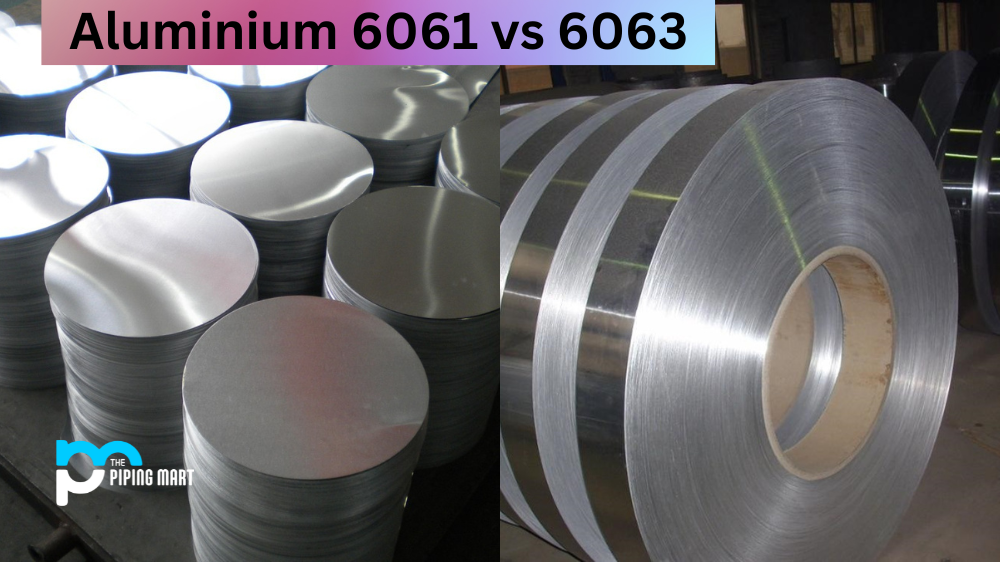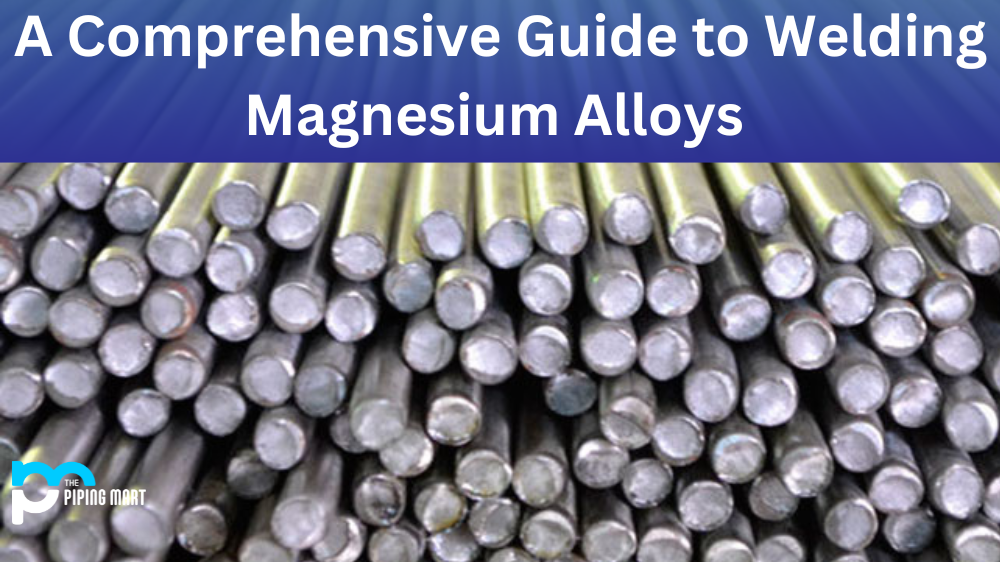If you’re in the market for aluminium, it’s essential to know the differences between various alloys. Two of the most common are Aluminium 6061 and aluminum 6063. With their similarities and differences, it can be difficult to know which one is best suited for your needs. Let’s take a closer look at both of them so that you can make an informed decision when selecting aluminum for your project.
Aluminium Alloys Explained
Aluminium alloys are created by adding other elements, such as copper, zinc, magnesium and silicon, to pure aluminum in order to improve its properties. The addition of these elements changes the way that the metal behaves when exposed to heat or cold, making it better suited for specific applications. For example, aluminum 6061 is known for its strength and durability, while aluminum 6063 offers increased malleability and flexibility.
Aluminium 6061
Aluminum 6061 is an alloy that contains magnesium and silicon as well as aluminum. It is a heat-treatable material that can be welded and is also corrosion-resistant. Aluminium 6061 is commonly used in the construction of aircraft and automobiles.
Due to its high tensile strength-to-weight ratio, aluminum 6061 is often used in structural applications such as bridges, buildings and frames. It’s also popular in transportation thanks to its lightweight yet strong composition, as well as its ability to resist corrosion from saltwater exposure or other conditions. Additionally, certain industries use this alloy because of its resistance to oxidation when exposed to heat over long periods of time. This makes it ideal for components that will be exposed to extreme temperatures on a regular basis.
Aluminium 6063
Aluminium 6063 is an alloy that contains magnesium and silicon as well as aluminium. It is a heat-treatable material that can be welded and is also corrosion-resistant. aluminum 6063 is commonly used in the construction of windows and doors.
Due to its malleability, aluminum 6063 is often used in applications where intricate shapes need forming with minimal effort. It’s commonly used in window frames due to its high resistance against corrosion compared with other alloys, thanks to the presence of magnesium added into the mix during production. Additionally, this alloy has great electrical conductivity properties since it contains a greater amount of silicon than its counterpart (1–2% vs 0–0.5%). As such, many electrical components are made using this alloy, as well as items such as automotive trim pieces or decorative lamps/lighting fixtures.
Differences between aluminium 6061 and 6063
Yield Strength
One of the key differences between aluminium 6061 and 6063 is their yield strength. Yield strength measures the amount of force required to cause a material to deform permanently. Aluminium 6061 has a yield strength of 40,000 psi, while aluminium 6063 has a yield strength of 27,000 psi. This means that aluminium 6061 is stronger than aluminium 6063 and can better resist deformation under load.
Tensile Strength
Another key difference between aluminium 6061 and 6063 is their tensile strength. Tensile strength measures the amount of force required to cause a material to break. Aluminium 6061 has a tensile strength of 45,000 psi, while aluminium 6063 has a tensile strength of 30,000 psi. This means that aluminium 6061 is stronger than aluminium 6063 and can better resist breaking under load.
Shear Strength
yet another key difference between these two alloys is their shear strength. Shear strength measures the amount of force required to cause a material to fail in shear. Aluminium 6061 has a shear strength of 30,000 psi, while aluminium 6063 has a shear strength of 23,000 psi. This means that aluminium 6061 can better resist failure under shear loading than aluminium 6063.
Fatigue Strength
Finally, there is also a difference in fatigue strength between these two alloys. Fatigue strength measures the amount of force required to cause a material to fail under repeated loading. Aluminium6061 has a fatigue strength of 24,000 psi, while aluminum6063has a fatigue strength of 10,000 psi. This means that aluminium6061is less likely to fail under repeated loading than aluminum6063 .
Conclusion:
When deciding which alloy is best suited for your project, consider what type of end result you are hoping for—strength and durability or flexibility—as each has its own unique advantages over the other, depending on what you need from your aluminium product! Whether you choose Aluminium 6061 or Aluminium6063 will depend on your individual needs; whichever alloy you pick will guarantee a quality end result that won’t let you down!
Sakshee is a talented blogger, with a particular focus on the Business and Metal Industry. She is passionate about sharing her insights on various metal products and helping professionals to make a better decisions.




